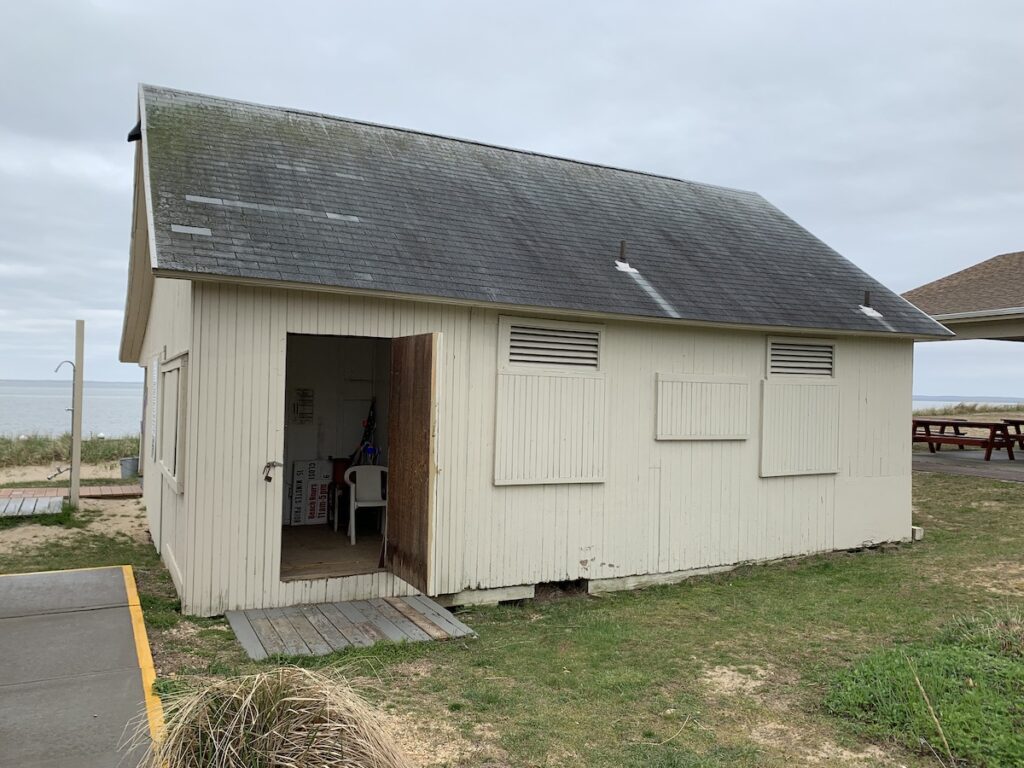Civic groups spearheading new effort to manage deer and tick populations

A coalition of civic associations and community leaders have organized a list of “action steps” to tackle the overpopulation of deer and ticks in Southold Town.
The coalition, which declined to elaborate on plans before meeting with the Southold Town Board, recently published the results of a deer and tick survey evaluating the crisis on a local level. More than 90% of 194 survey respondents said they know someone who has suffered a tick-borne disease, and about 94% want the town to take action.
“The results of the Deer & Tick survey were overwhelming, not just in terms of the number of people who corroborated the science and research, but in terms of the dozens of stories they recounted about debilitating illnesses and even near-death emergencies they themselves or their families experienced,” said Barbara Best, president of the Cutchogue Civic Association. “This crisis has been ongoing for over 10 years and the time to take action is past due.”
The coalition hopes to coordinate with the town on its action plan. Ms. Best emphasized that their work reflects a combined effort from groups that have been working on the deer and tick crisis for years.
One survey respondent said they can no longer walk their dogs on wooded trails from March through October.
“The amount of ticks is insane,” they said. “The last time I went in a summer month (probably 4 years ago), I stopped for a second on the trail and I literally could see the ticks swarming my feet and my dogs were covered.”
Several described diagnoses of tick-borne diseases, deer-inflicted damage to gardens and striking deer with cars.
“My husband had a very serious case of Lyme, the fellow next door has babesiosis, and the ticks are ever-present,” a respondent said.
“I had babesiosis last summer,” another commented. “It was very debilitating and I wouldn’t wish it on anyone.”
Suggestions from survey respondents included culling deer, implementing birth control, changing hunting regulations, regular maintenance of local trails and consulting with other localities on their deer management tactics.
The survey points out that the state Department of Environmental Conservation noted in its 2021-30 management plan for white-tailed deer that Suffolk County has “some of the most severe and widespread deer-related problems in the state.”
“The NYS DEC is sounding the alarm that Suffolk [County] has severe, widespread deer-related problems. The science is clear. There is a problem and it is solvable. We’ve created a plan to manage this crisis, sustainably, in line with 2021 DEC recommendations, and to begin immediately,” a statement from the survey says. “Together we can build on years of work to implement a good stewardship plan where people and nature flourish.”
Ms. Best said that in addition to survey results, the coalition has reviewed research from a variety of experts and the results of projects undertaken by other communities to learn “what does and does not work to reduce tick-borne diseases and the environmental damage caused by extreme deer overpopulation.”








